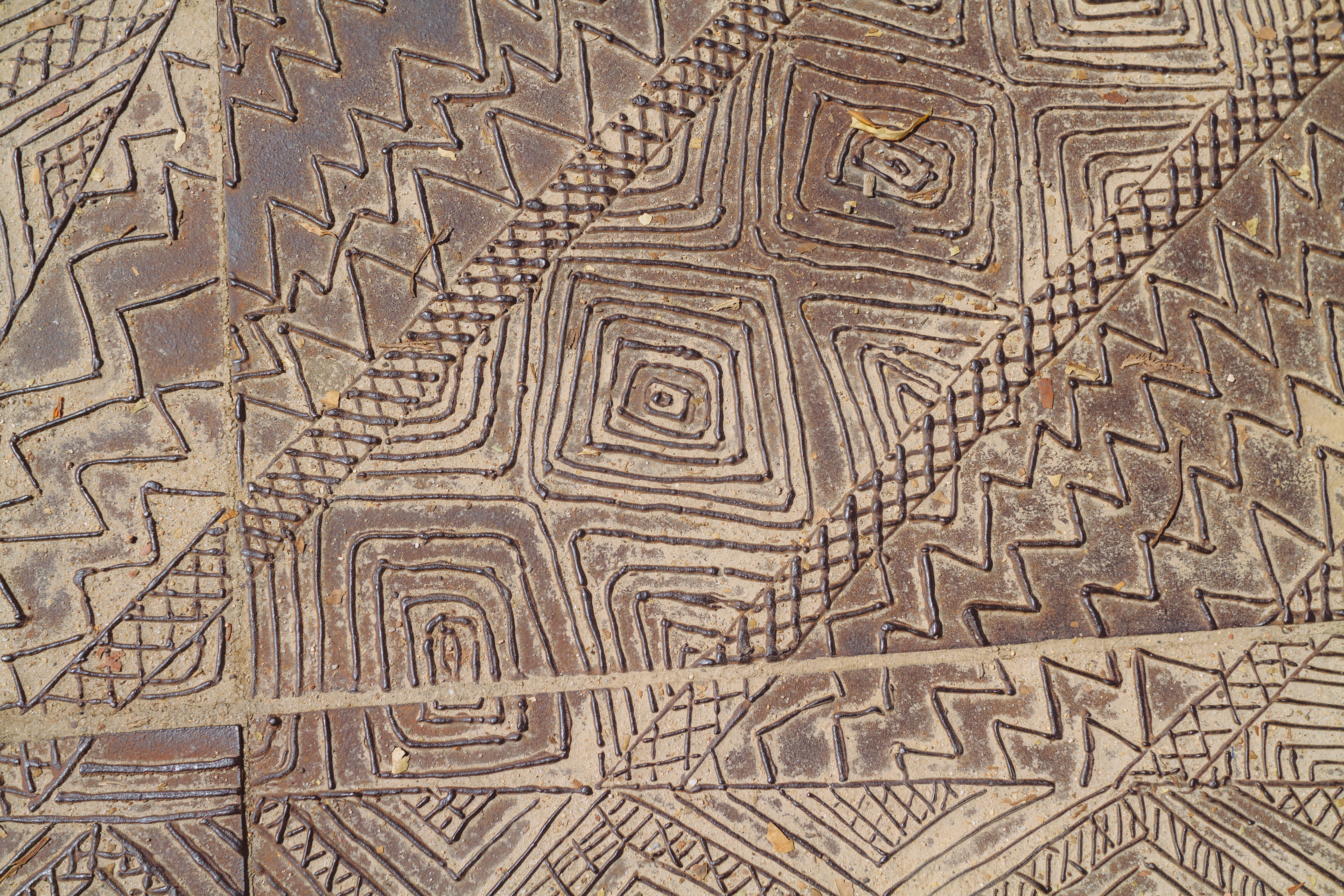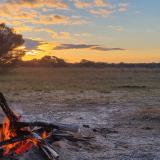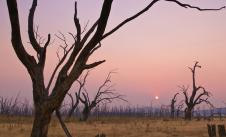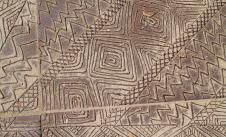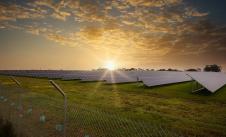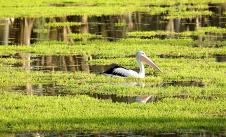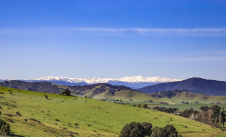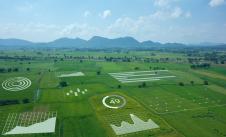Overview
Aboriginal existence and identity is underpinned by healthy cultural landscapes. Along with water and other natural resources, the land that is now the State of Victoria was managed for thousands of years according to traditional customs and practices. Shaped by a sustainable-use regime and managed with a deep understanding of natural systems and an embedded lore and culture, Country (land, water, animals, plants, people, spirits and customs) has provided for the material, cultural and spiritual needs of thousands of generations of Aboriginal people.
Victoria’s cultural landscapes are unique. They are host to one of the oldest continuing cultures in the world, and home to a vast array of plants, animals and places that have both symbolic and practical value to Aboriginal Victorians and all other Victorians.
Today’s cultural landscapes reflect how Aboriginal people engage with their world and experience their surroundings. They are the product of generations of economic activity, material culture and settlement patterns. While colonisation resulted in the landscape being broken up into different land tenures and established different management regimes, Aboriginal people remain connected to Country and cultural landscapes continue across these artificial boundaries.
Aboriginal cultural heritage in Victoria is protected under the Aboriginal Heritage Act 2006 (the Act). The Act establishes a framework of mechanisms for the management and protection of Aboriginal cultural heritage. This includes cultural heritage management plans, cultural heritage permits, Protection Declarations and Aboriginal cultural heritage land management agreements. Registered Aboriginal Parties is a status provided under the Act to Traditional Owner organisations that hold decision-making powers under the Act for the protection and management of Aboriginal cultural heritage within a specified geographic area.
The reporting approach to cultural landscape health and management proposed in this State of the Environment report is committed to the aspirations of Victoria’s Traditional Owners who have told the Victorian Government that:
'Restoring the knowledge system must reflect the fundamental principle that traditional knowledge is owned by Traditional Owners. Traditional Owners as custodians of knowledge and practice continue to decide how consent to share knowledge is given.'
'We need resources for data collection, then will give the state the management objectives. The State and other [land management organisations] need to support our projects, not us supplementing theirs.’
This Commissioner for Environmental Sustainability supports the aspirations of Traditional Owners, the restoration of traditional knowledge systems, and understands that increased connection, participation and self-determination in managing and looking after Country will improve the condition of cultural landscapes. An approach will be adopted for future State of the Environment assessments that allows indicators to be adapted and modified for Traditional Owner and Registered Aboriginal Party self-determination. The Commissioner acknowledges that the sharing of data, knowledge and stories to inform reporting on cultural landscape health and management is always at the discretion of Traditional Owner groups.

'Restoring the knowledge system must reflect the fundamental principle that traditional knowledge is owned by Traditional Owners. Traditional Owners as custodians of knowledge and practice continue to decide how consent to share knowledge is given.'
This Commissioner for Environmental Sustainability supports the aspirations of Traditional Owners, the restoration of traditional knowledge systems, and understands that increased connection, participation and self-determination in managing and looking after Country will improve the condition of cultural landscapes. An approach will be adopted for future State of the Environment assessments that allows indicators to be adapted and modified for Traditional Owner and Registered Aboriginal Party self-determination. The Commissioner acknowledges that the sharing of data, knowledge and stories to inform reporting on cultural landscape health and management is always at the discretion of Traditional Owner groups.
Report Card
Cultural landscapes health and management
No indicator assessments have been undertaken for this theme

They are host to one of the oldest continuing cultures in the world, and home to a vast array of plants, animals and places that have both symbolic and practical value to Aboriginal Victorians and all other Victorians.
Explore key topics
All topicsBanner image courtesy of Visit Victoria

